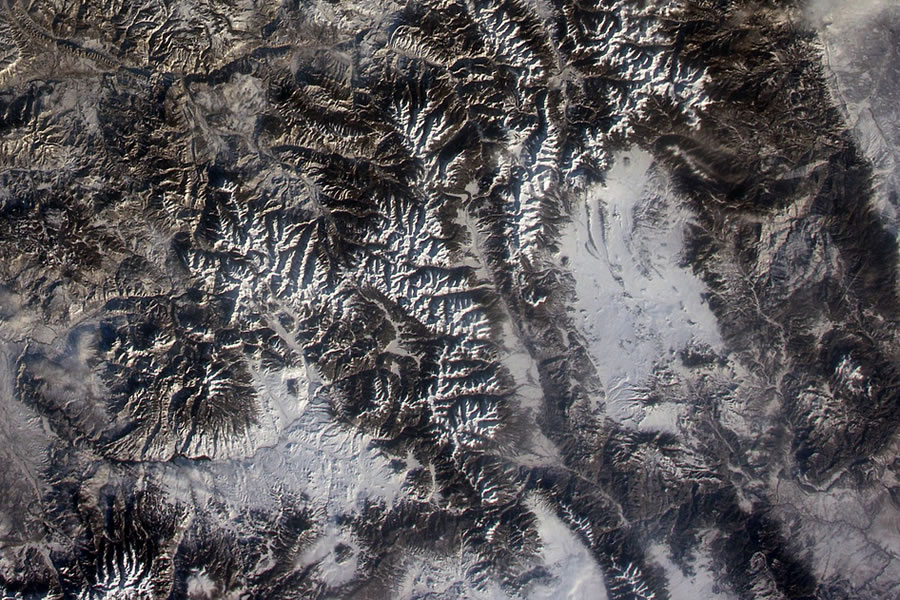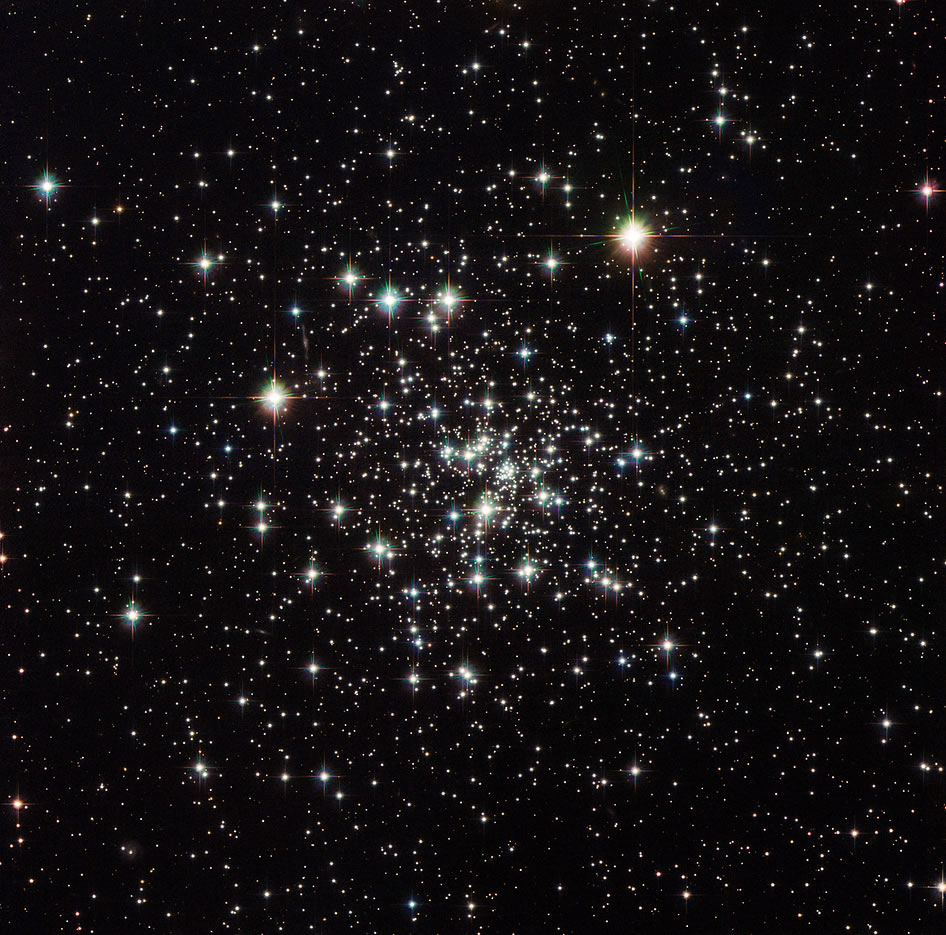Soil Moisture Active Passive Observatory Takes to the Skies
A United Launch Alliance Delta II rocket with the Soil Moisture Active Passive (SMAP) observatory onboard is seen in this long exposure photograph as it launches from Space Launch Complex 2, Saturday, Jan. 31, 2015, Vandenberg Air Force Base, Calif.















